Now let's look at how these two emotions appear on the face. Go back and look at the expression on the face of the New Guinea resident shown at the beginning of this chapter. His upper lip is raised up as much as possible. The lower lip is also raised and slightly pushed forward. Two deep wrinkles run along the nostrils to the corners of the mouth, their shape resembles an inverted U. Its nostrils are raised, and wrinkles appear on the bridge of the nose and to the sides of it. Raised cheeks and lowered eyebrows create wrinkles on the face, called "chicken legs". These are all signs of extreme disgust.
Eve's photos show thinner versions of disgust, as well as examples of contempt. There are two very different elements of facial expression that signal disgust: wrinkles at the nose and a raised upper lip, and sometimes they occur together. I also placed for comparison a snapshot A showing a neutral expression.
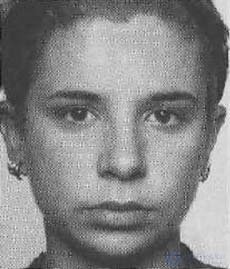
A (Neutral face) First, let's look at the signal given by wrinkles around the nose. Photograph B shows the weakest sign of the appearance of such wrinkles; In the picture B shows the same action, but performed a little stronger; In the picture, the wrinkles around the nose are most noticeable. Note that when the wrinkles become deep, as in picture G, then the eyebrows also go down, which makes some people believe that such a face expresses anger. But if you take a closer look, you will see that the upper eyelids are not raised and that the eyebrows are not brought together. (For comparison, take a look at the snapshot D in Chapter 6.) This is disgust, not anger. In these pictures showing disgust, the cheeks are raised, forcing the lower eyelids to lift, but precisely the changes in the position of the nose, mouth and cheeks are of paramount importance, not changes in the eye area. The muscles that control the movements of the eyelids are more relaxed than tense.
Now let's look at how a raised upper lip signals about disgust. Picture D shows a slightly raised upper lip, which rises even higher in picture E. Picture F shows the same action, but only on one side of the face. When the expression is unbalanced, as in this picture, it can signal disgust or may also be a sign of contempt.
Compare picture W with picture W (below), showing an expression of contempt. In picture 3, the movement is also carried out only on one side of the face, but this action is completely different. The corners of the lips are tense and slightly raised. This is a clear expression of contempt. Snapshot And shows the same action as in picture F, but it turns out to be stronger, with the result that the lips in one side of the mouth slightly open. Snapshot And, like snapshot W, can signal disgust or scorn.
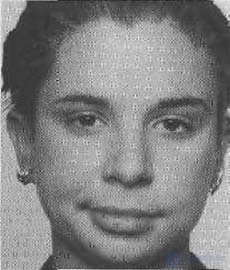 |  |
| H | AND |
The picture shows the expression corresponding to a mixture of two emotions. The nose is wrinkled, which is a sign of disgust; and anger is expressed with the help of the eyebrows lowered and brought together and the raised upper eyelids. The elevation of the upper eyelids is not very noticeable, because the eyebrows are very lowered downwards; comparing image K with a neutral image A or even with image B, which only has changes in the eyebrows, nose and cheeks, should clearly show that the upper eyelids were raised and that the lower eyelids were stretched, which is a signal of anger.

TO Tightly compressed lips, which are another sign of anger, can often be accompanied by the expression shown in the picture K and in the composite photo L, obtained by adding compressed lips to the expression in the picture K. Another possible mixture of emotions, contempt and joy is shown in the picture M, on which a slight compression of one of the corners of the lips is complemented by a slight grin, which together gives a person a self-satisfied contempt.
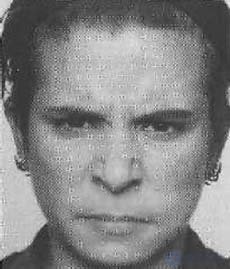 |  |
| L | M |


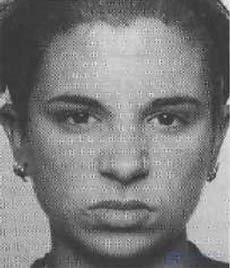
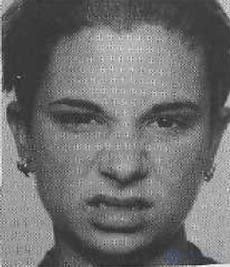
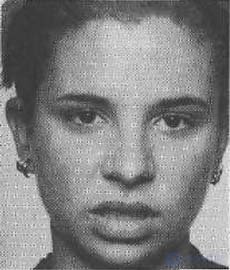







Comments
To leave a comment
Psychology of emotions
Terms: Psychology of emotions